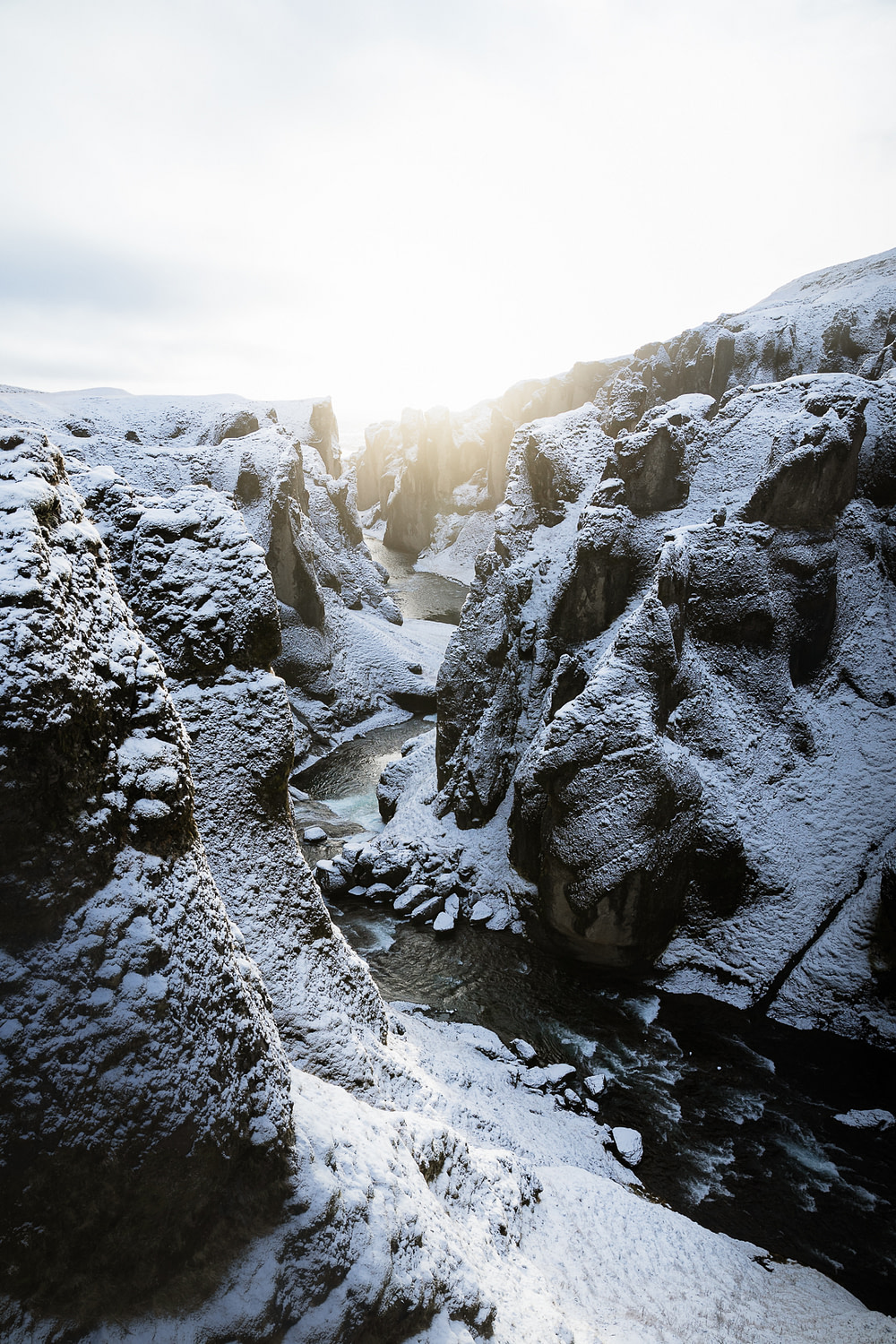Iceland is a land of contrasts and extremes, where nature’s beauty and harsh conditions come together. For three weeks, I traveled through this stunning country, enjoying the moody weather and lots of rain. However, at some point, the weather changed, and the world was covered in a blanket of white snow. The landscape was transformed, and I found myself in a winter wonderland. It was as if I had stepped into a painting.
As I set out on the roads, I quickly realised that the snow brought with it some challenges. The roads were slippery and dangerous, some of the roads were even closed due to the weather conditions. One time I ended up in a snowstorm while on the road, which was a pretty scary experience, especially with being on my own.










Iceland’s rock formations are a result of its unique geological history. The country sits on the Mid-Atlantic Ridge, a tectonic boundary where two tectonic plates are moving apart, causing volcanic activity and frequent earthquakes. The volcanic eruptions have left behind vast lava fields, which over time have been sculpted by wind, water, and glaciers, creating the diverse rock formations seen today. The basalt columns found in places such as Reynisfjara beach and Svartifoss waterfall, for example, were formed when lava cooled rapidly, causing it to contract and crack into hexagonal columns.




The ice caves in Iceland are some of the most stunning natural formations I have ever seen. The walls are made of shimmering ice, and the floors are slippery and cold. It was an otherworldly experience that left me in awe. As I explored the cave, I couldn’t help but think about the incredible forces of nature that created such a unique and beautiful formation.


Iceland is home to many glaciers. They are massive, and they seem to stretch on forever. Glaciers form through a process of accumulation and compaction of snow and ice. The process of glacier formation can take thousands of years, and the result is a truly spectacular natural wonder. However, global warming is affecting the existence of these glaciers.
Sólheimajökull, one of the most popular glaciers in Iceland, has retreated by over 1 kilometer in the past decade alone and lost more than 20 meters of ice thickness due to global warming. The glacier’s retreat has been increasing, with an average rate of 100 meters per year. Other glaciers in Iceland, including Vatnajökull, have also been significantly affected, with an average retreat of 100-200 meters per year. The melting ice has also caused an increase in water flow, leading to flooding and erosion in some areas. If current trends continue, Iceland’s glaciers could disappear within the next few decades. These numbers serve as a sobering reminder of the devastating impact of climate change and the urgent need for action to protect our planet.
Walking on glaciers can be extremely dangerous. Glaciers are constantly moving, making the ice unstable and unpredictable. Crevasses, which are deep cracks in the ice, can be hidden beneath the surface, making it difficult to detect them. In addition, the melting of glaciers due to global warming has made the ice more prone to collapse. It’s important to have the proper equipment and training when venturing onto glaciers and to always seek the guidance of experienced guides.


Iceland is a land of old, and the harsh conditions have shaped the land into what it is today. The rocks, mountains, and glaciers have been there for thousands of years. I felt privileged to be in the presence of such natural wonder.








